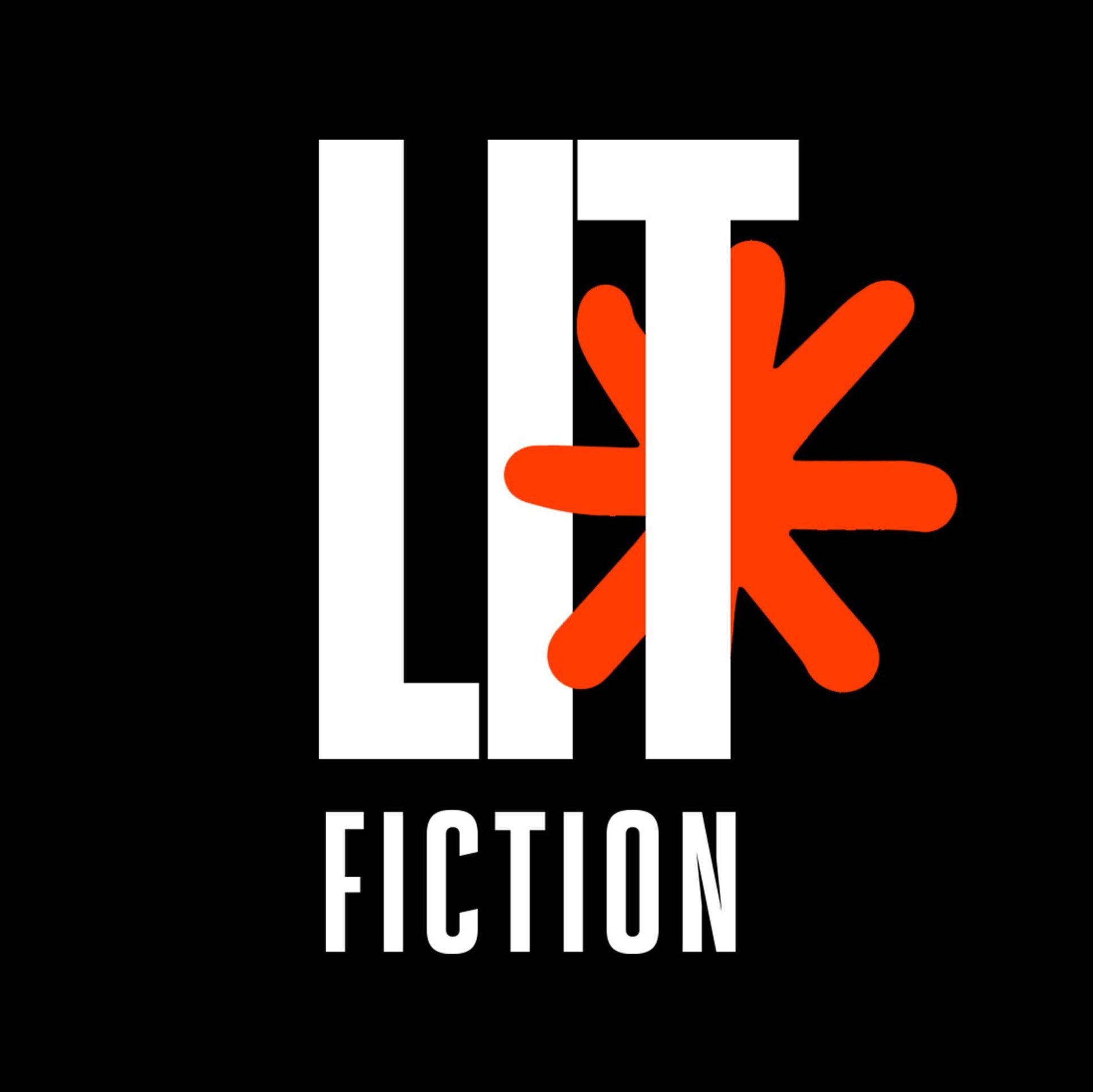In this week’s LitFiction podcast, Jennifer, Joey, and Colin discuss “Clay” by Caleb Crane, published in the August 12th, 2024 issue of The New Yorker. The story is set in a quiet Texas town, where Jane suspects her husband, Lindy, of staying out late and hiding something. The story escalates when Lindy, in an unexpected act of violence, tries to kill Jane. She survives and is left grappling with trauma, betrayal, and the journey of reclaiming her identity, with a symbolic act of sculpting a clay possum in her recovery.
Our Thoughts
Jennifer is deeply moved by the story, particularly its visceral impact and the way it explores domestic abuse and gender dynamics. She highlights how the seemingly ordinary story takes a dark turn, touching on the complexities of relationships in small towns, power dynamics, and the nuances of betrayal.
“This was one of the most disturbing stories on a personal level, and I was surprised by how it hit me. It starts out so straightforward, and then it just overwhelms you with themes of abuse, power dynamics, and the consequences of betrayal.”
— Jennifer
Joey critiques the disjointed narrative structure, suggesting that a stream-of-consciousness style might have suited the story better. He connects Lindy’s actions to societal pressures, especially the financial strain that can drive people to extremes.
“This story felt a bit incoherent in structure, but I think it speaks to a deeper issue—Lindy is pushed by a scarcity mindset. He’s driven to these extremes because he can’t support himself or his family in today’s broken system.”
— Joey
Colin highlights the sensory detail in the story, particularly the vivid description of a possum that Jane encounters, which becomes a metaphor for her own internal state. He also points out how the gun, introduced early in the story, becomes a classic example of Chekhov’s gun, a device that foreshadows its later use.
“This is a perfect example of Chekhov’s gun. The moment her service revolver is mentioned, you know it’s going to come up again—and it does, in such a tragic way.”
— Colin
Key Themes Discussed
- Domestic Abuse and Control: Joey and Jennifer both emphasize the emotional and psychological abuse Jane endures, even before the physical violence. Lindy’s behavior, from staying out late to criticizing her every move, reflects a deeper pattern of control.
- Symbolism of the Possum: The possum that Jane encounters near her trash cans becomes a recurring symbol of her own feelings of fear, helplessness, and survival. In the end, her act of sculpting a clay possum represents her reclaiming control over her narrative.
- Financial and Social Pressure: Joey discusses how Lindy’s actions might be motivated by financial instability, connecting this to broader societal issues that push people to desperate measures. The life insurance policy Lindy takes out on Jane becomes a key plot point, hinting at his motivations.
- Trauma and Identity: Jane’s recovery is both physical and emotional. She grapples with the trauma of being shot by her husband, and her process of rebuilding her life is symbolized by her participation in therapy and her creation of the clay possum.
Conclusion
The group agrees that “Clay” is a disturbing yet powerful exploration of domestic abuse, trauma, and recovery. Caleb Crane’s use of sensory detail, particularly the symbolic role of the possum, adds depth to the narrative. Despite the grim events of the story, there is a sense of hope in Jane’s resilience and her ability to reclaim her identity after a life-altering trauma.

